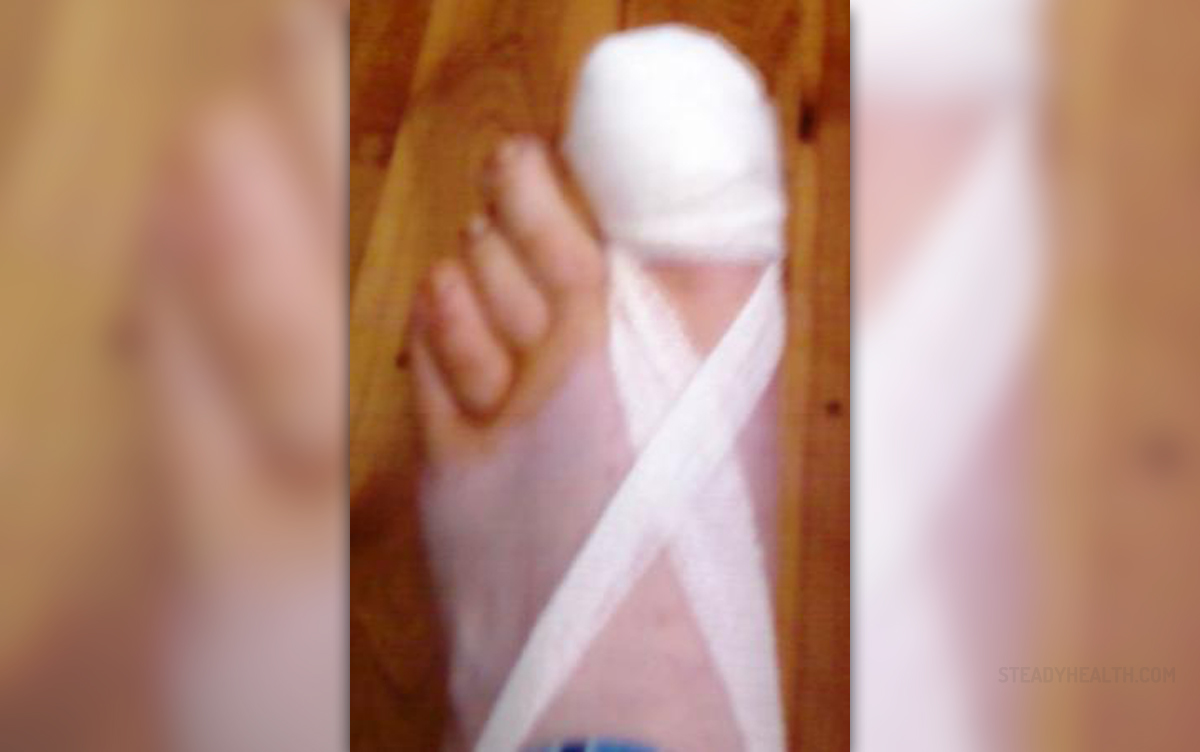
Ingrown toenails
An ingrown toenail occurs when the nail of the toe penetrates into the skin and causes a wound that eventually can become infective, causing further problems.
The condition is often caused by the shape of the nail plate, because some people have wide nail plates, while other have curved ones that can obstruct the nail from growing freely on all sides. This often makes it hard to cut the sides of the nail very difficult when clipping toe nails, which in turn, results in a nail being pulled and tugged at.
If this causes a tear in the skin, then there will be wound formed there, which can turn into an infection later. Infections can also occur from trauma to the nail plate or a swelling of the skin that surrounds it.
If untreated, the swelling and infection could get significantly worse over time.
Symptoms
There are some common symptoms of an ingrown nail and they include pain, swelling, bleeding, a foul odor of the toe, problems when wearing shoes, difficulty walking, and among others.
A doctor will easily recognize an ingrown toenail upon examination. Before a full treatment, the best way to try to reduce the pain is to wear shoes that fit well, be extra careful when cutting the nails, taking warm foot bathes with salt every day, covering the infected or wounded toe with clean and sterile dressing at all times and changing it regularly, or getting some antibiotics from the doctor to treat the infection.
SurgeryThere are two types of operations that can be performed in the case of a severe ingrown toenail.
One is called partial nail removal, often referred to as an avulsion, and the other is a surgical excision.
The most common one will be a simple removal of the side of the nail, and though it will not resolve the infection that has occurred, the nail will be able to regrow itself normally, but, the problem might reoccur.
Sometimes, the significant destruction of the nail bed can stop the nail from regrowing. This can be achieved by using phenol, which is a chemical, but it can also be achieved by using an electric current.
This kind of chemical or electric operation has a high success rate and the chances of a reoccurring ingrown nail are small.
Surgical excision is also a very successful operation.
The chemical avulsion does not cause that much discomfort or pain, but the surgical excision can cause significant discomfort. It is also important to note that there will be no general anesthetic given for these operations, only a local one to numb the toe.


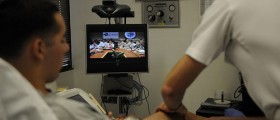



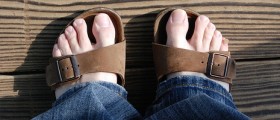
_f_280x120.jpg)



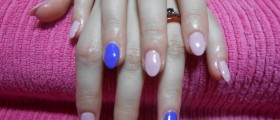
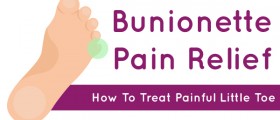


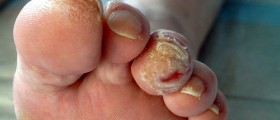

Your thoughts on this
Loading...